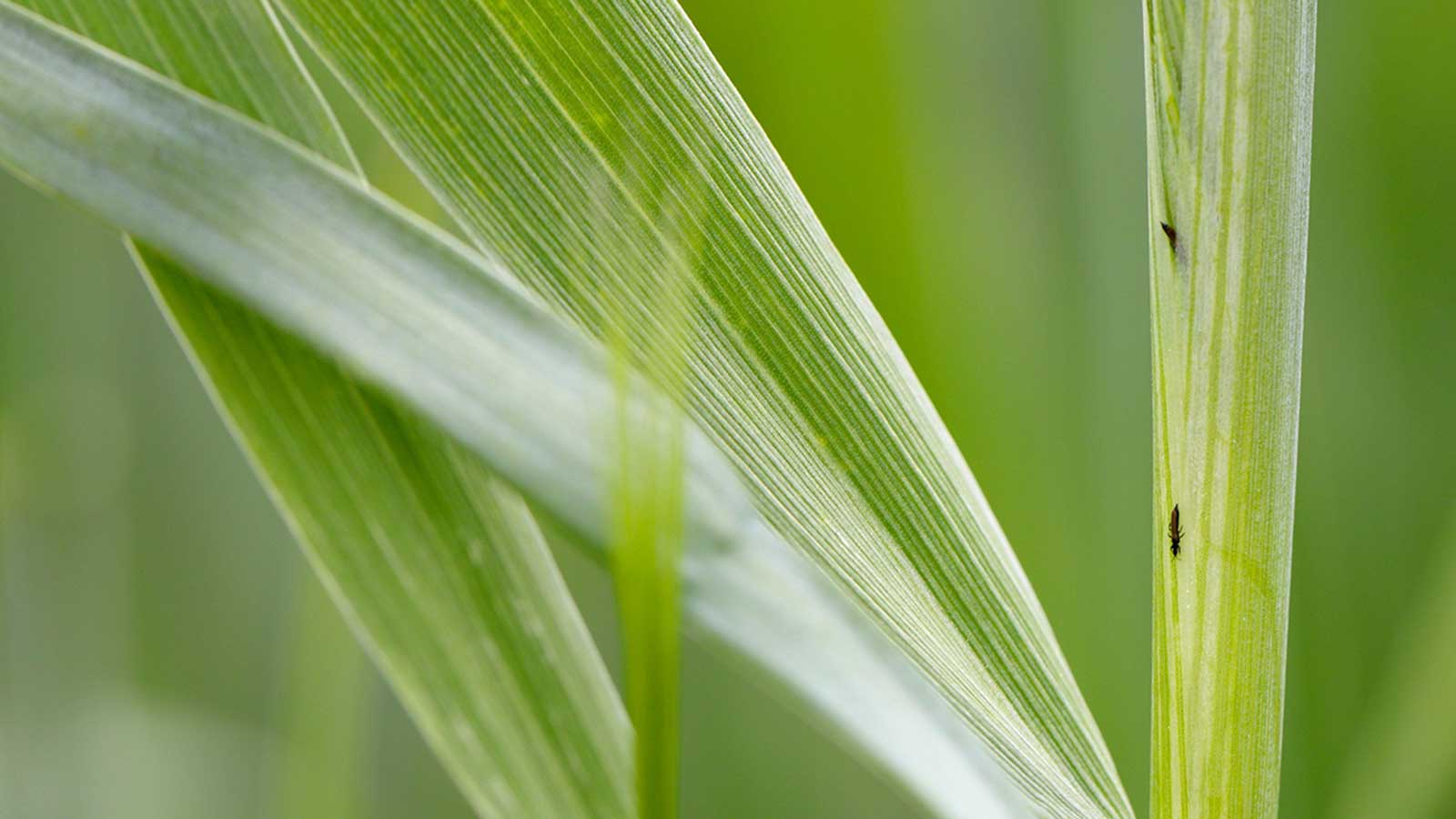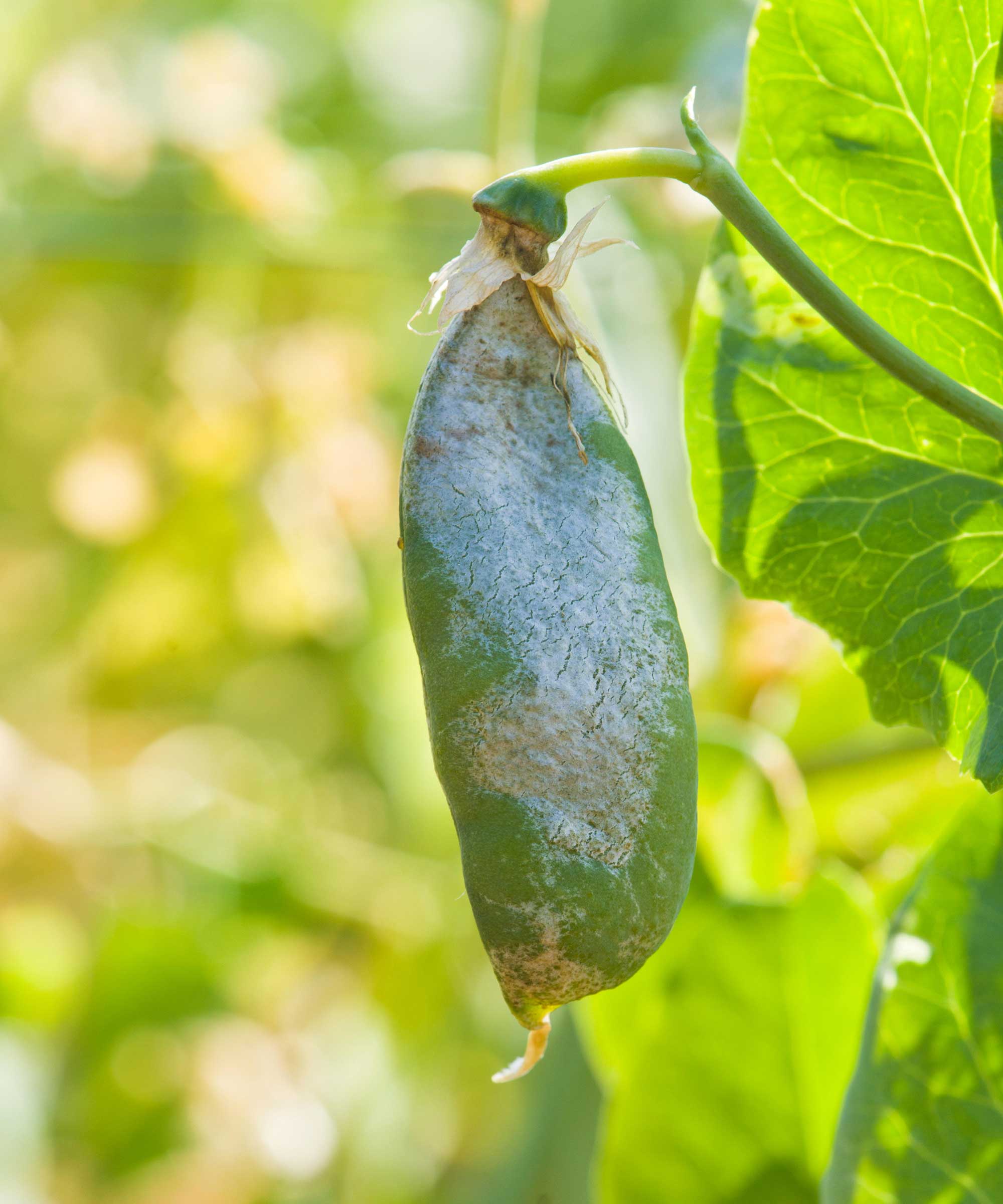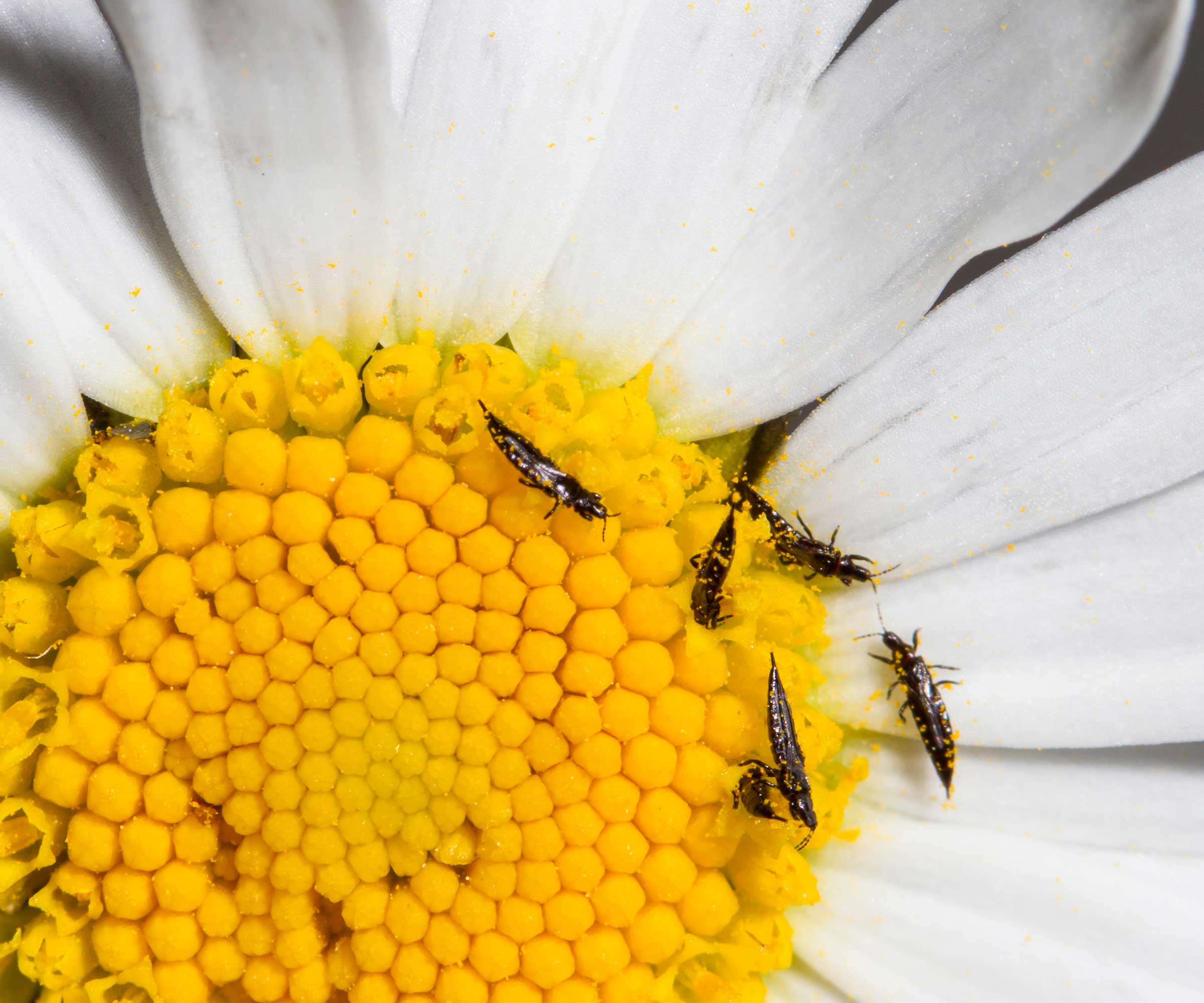How to get rid of thrips – quick and easy ways to deal with these plant pests
Expert methods that will save your indoor, greenhouse and garden plants from these interlopers


Thrips are one of those tiny backyard bugs whose presence isn't always obvious, at least at first. There are many different types, and while some won't cause noticeable damage, others will wreak havoc on your indoor and outdoor plants if left to their own devices.
Similarly to aphids, thrips feed on plant sap. The result, as Candace Shah, Owner of landscaping company GardenCare RVA explains, is distorted growth, discoloration, and premature dropping of the foliage or fruit. 'Thrips will also lay their eggs inside your plant's leaves or stems,' adds Joanna Turner, who runs the houseplant website Fiddle & Thorn. 'When the eggs hatch, they will start feeding on your plant from the inside. This can be particularly dangerous and difficult to treat.' Some thrips can also spread plant viruses.
No one wants their precious plants to suffer, so is it possible to get rid of these pests? Luckily, the answer is yes – and there a few different methods to try.

Joanna is a houseplant enthusiast and the editor of Fiddle & Thorn which has helped over 1 million people around the world take better care of their plants.

Candace is a passionate gardener and native Richmond, Virginia resident. She graduated from Virginia Tech with a degree in Soil and Environmental Science. With a deep love for nature and a green thumb to match, she has spent years cultivating her skills and knowledge of all things botanical.
How can you tell if your plants have thrips?
First things first: you need to identify whether it's a thrip infestation that you're dealing with. It's best to keep an eye out from spring onwards, so you can catch them before they take hold.
'Look for signs such as silver or white patches on the leaves, brown spots on flowers, and distorted growth,' says Diana Cox of TheGardeningTalk.com. 'You may also see adult thrips crawling on the plants or flying around.'
'When inspecting your plants, it's very important that you look at the undersides of the leaves,' adds Joanna Turner. 'This is often where pests like to hang out, and thrips are no different. On plants with thicker leaves, they can often look fine from the top but if you look underneath, there could be a lot of damage.'

This silvery patch on a pea pod has been caused by thrips
3 natural ways to tackle thrips on your plants
For a wildlife-friendly garden, it's always best to avoid harsh chemicals and try natural methods, first. Here are three expert-approved options.
1. Use natural sprays
Neem oil can be used as a natural, homemade bug spray that can tackle thrips and other creepy-crawly pests. Candace Shah advises mixing a small amount with water and spraying it directly onto the affected plants.
Diana Cox agrees with this method, explaining how it works by disrupting the thrips' lifecycle and preventing them from reproducing. 'Repeat every 7-10 days until the thrips are gone,' she advises. And as a bonus, neem oil can help treat powdery mildew, too.
Alternatively, you can use insecticidal soap. These are available to buy online (such as Bonide Insecticidal Soap from Amazon), or you can make one yourself by simply mixing a few drops of pure Castile liquid soap with water.
'The soap works by suffocating the insects and preventing them from feeding on the plant,' says Diana. 'Apply the soap directly to the affected areas of the plant and repeat every 7-10 days until the thrips are gone.'
As with any DIY spray, always try a little bit first in an inconspicuous place to check the formula doesn't have any adverse effects on your plants.

Sprays can keep pests in check
2. Put up sticky traps
'Use yellow or blue sticky traps to catch thrips,' suggests Candace. 'These traps work by attracting the insects to their bright color and trapping them in a sticky substance.' They might not look the prettiest, but they're quick and easy to install, and super budget-friendly: try these Greenkeeper ones from Amazon for less than $10. And, they're also useful for getting rid of gnats.
'Place the traps around the affected plants to catch adult thrips and prevent them from laying eggs on the plant,' adds Diana. These are best used for thrip problems indoors, as outdoors they will capture other, beneficial insects, too.
3. Introduce beneficial insects
Many garden experts recommend introducing beneficial insects to your yard to try and deal with a thrip infestation. These include ladybugs and lacewings, which feed on the thrips and will help to keep their numbers down. Diana says that these can be bought from garden centers or online.
Another option is to apply predatory mites to the soil. These are usually sold in bottles of vermiculite and they feed on thrip larvae. You can also use nematodes as a biological control – these are to be watered into the soil around the affected plant and are also good for getting rid of lawn grubs.

Thrips can cause damage to your flowering plants
Using pesticides to get rid of thrips
You can also buy a commercial bug killer to tackle your thrip issue, following the instructions on the label.
'They should only be used as a last resort after all other methods have failed,' advises Lindsey Hyland, the Founder of Urban Organic Yield. This is 'due to potential harm it could cause other beneficial insects residing in your garden or home environment instead of just targeting the problem pest directly.'
Try to stick to shorter-persistence, organic sprays, such as natural pyrethrum – these are less likely to damage non-target wildlife, says the Royal Horticultural Society. However, note that these generally need reapplying a few times to clear the infestation.
FAQs
Should you remove areas of the plant affected by thrips?
'One often-forgotten stage of fighting pests, including thrips, is to remove the leaves that are damaged,' says Joanna Turner of houseplant website Fiddle & Thorn. 'This should be done before any treatment is started.
'By removing the worst affected leaves you are reducing the size of the infestation which makes it easier to treat.'
'After pruning, sanitize pruning tools with rubbing alcohol to avoid spreading thrips to other plants,' adds Richa Kedia, a Gardening Expert from Nursery Lady.
Thrips are especially problematic for young plants, so to prevent your spring seedlings from going under attack, be vigilant when looking out for these interlopers and take action, fast.
And, as these bugs can be a pest for houseplants, too, remember to check any potential new additions for telltale signs before bringing them into your home. The good news is, you can easily revive a houseplant from thrips.
Sign up to the Homes & Gardens newsletter
Design expertise in your inbox – from inspiring decorating ideas and beautiful celebrity homes to practical gardening advice and shopping round-ups.

Holly started writing about gardening five years ago, and she is a regular contributor to Homes & Gardens. She has also written many gardening features for Woman & Home and Real Homes, too. She has previous experience as a professional gardener, where she helped to plant and maintain private gardens. Holly has also looked after allotment plots over the years and loves to grow her own flowers and veggies from seed. In her spare time, she enjoys visiting local gardens, botanical drawing, and tending to her ever-growing collection of houseplants.
-
 Orange and green is the bold color pairing quietly transforming homes in 2025 – here's 4 reasons why
Orange and green is the bold color pairing quietly transforming homes in 2025 – here's 4 reasons whyInterior designers are making the orange and green combination work wonders – this is how you can too
By Sophia Pouget de St Victor Published
-
 This Michelle-Pfeiffer-approved chair is made of a forebodingly unusual material, opening the debate: Is it a rustic stunner, or a danger to sitters?
This Michelle-Pfeiffer-approved chair is made of a forebodingly unusual material, opening the debate: Is it a rustic stunner, or a danger to sitters?The actress took to Instagram with a chair made of a controversially sharp material – and fans are unsure of how they feel about it
By Sophie Edwards Published